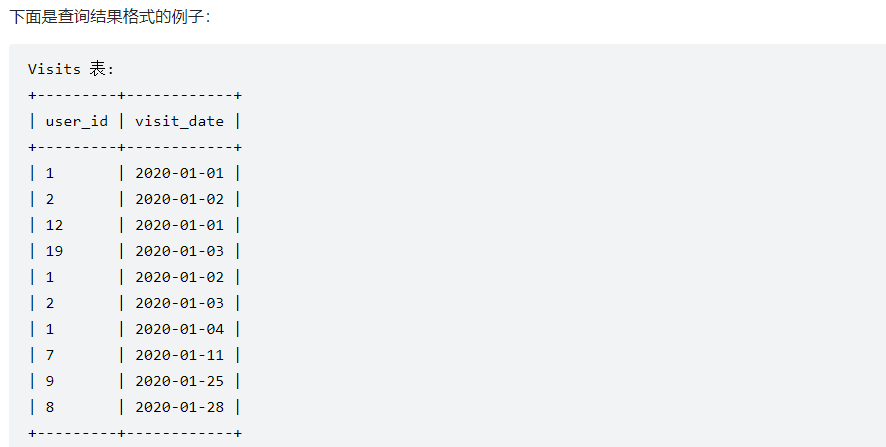

这一题需要用到 RECURSIVE 递归查询
WITH RECURSIVE t AS (SELECT 0 as nUNION ALLSELECT n+1 FROM t WHERE n <(SELECT count(*) FROM Transactions GROUP BY user_id,transaction_dateorder by count(*) desc limit 1))SELECT n transactions_count, count(cnt) visits_count FROM tLEFT JOIN(SELECT count(transaction_date) cnt FROM Visits V LEFT JOIN Transactions TON (V.user_id,visit_date) = (T.user_id,transaction_date)GROUP BY V.user_id,visit_date) AON n = cnt GROUP BY n

